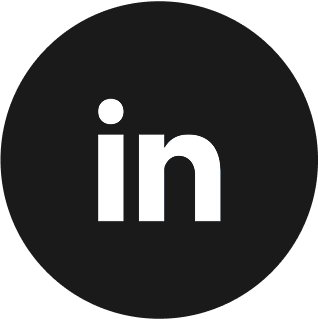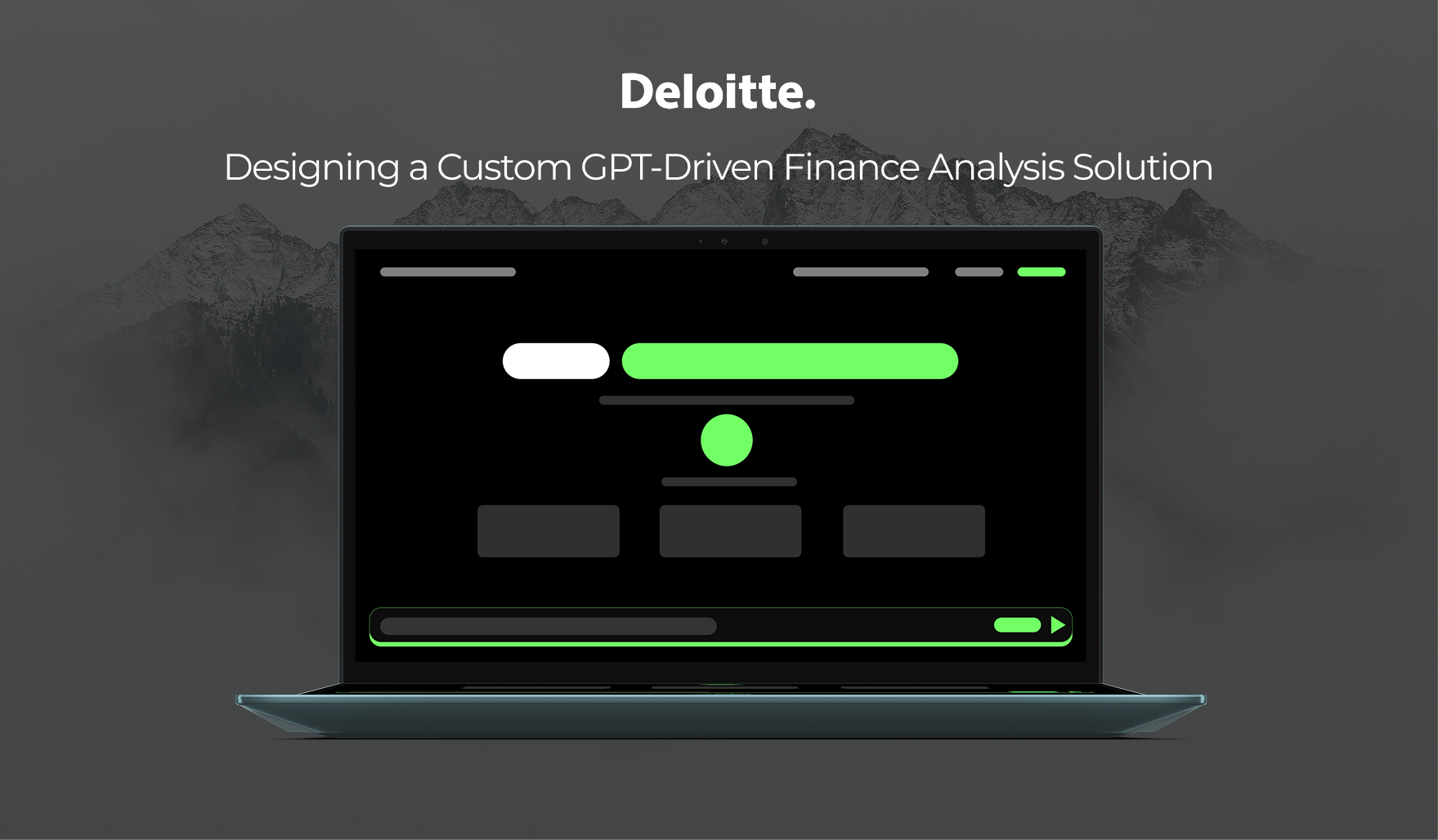
Researching, Designing, and Implementing Costing and Planning Solutions across 8 Global Projects
User Research · Oracle EPM · Fintech · Development

PRODUCT OVERVIEW
Oracle EPM is a cloud-based enterprise platform for financial planning, costing, and reporting. It provides the building blocks, but every implementation must be designed and configured around the specific needs of the client and industry.
TIMELINE
2–11 months per project - 8 projects total
ROLE
-
Consultant working in teams of 3-8 consisting of senior consultants and managers
-
Conducted user interviews, workflow mapping, and legacy system audits and consolidated detailed requirements.
-
Facilitated workshops with client stakeholders and translated insights into role-specific designs.
-
Implemented designs through models, data flows, and navigation in the Oracle EPM platform
TOOLS
Oracle EPM, Groovy, SQL, Python, Miro, JIRA
Specifics of this project are confidential and cannot be disclosed. However, I have provided a basic overview of work I have done as part of this project. All assets and details displayed here-in are generic representations.
PROBLEM
Legacy costing systems built on convoluted logic take over 3–5 days, 12+ file loads, and costly delays over $100k to run a complete planning and costing cycle.

For many companies, the tools that track where their money comes and goes are more than a decade old. Running a single planning or costing cycle often means navigating complex, code-heavy, and intimidating systems, creating situations where analysts had to call IT for even the smallest fixes.
During high-pressure times like month-end close, that meant wasted hours, missed insights, and frustrated teams.
THE USERS
Behind each of the eight projects, from U.S. healthcare giants to Fortune 500 firms, were finance teams tired of wrestling with outdated tools.

In these projects, I typically worked with three key user groups across client teams identified through rigorous workshops, discovery sessions, and background research. The industries varied, but the user patterns stayed the same. Enterprise finance systems users weren’t chasing innovation for its own sake. They wanted efficiency without losing control.

WHAT IS ORACLE EPM?
Oracle Enterprise Performance Management (EPM) is a cloud platform used by large enterprises to manage planning, costing, and financial reporting. Instead of juggling dozens of spreadsheets and outdated tools, they use EPM to bring everything into a single, integrated environment.

Think of it like Wix for finance systems: the platform provides the building blocks, but every implementation has to be designed and configured for each client’s unique needs. Done well, it helps finance teams close the books faster, build reports, and make decisions with confidence.
That’s where my role came in, working with finance teams to translate their complex, legacy processes into custom Oracle EPM solutions that were both easier to use and more scalable for the future.

THE PROCESS

From discovery to go-live, every step of our process was tested, refined, and improved through direct input from the people who would rely on the system.
To understand how costing really worked inside these companies, we started with two tracks of discovery:
-
User Research: We conducted workshops and interviews with finance teams, costing SMEs, and leads to map workflows and frustrations. I led several of these sessions, documenting processes step by step and surfacing where time was lost.
-
System Analysis: In parallel, we audited legacy systems, digging through SQL rules, reconciliation spreadsheets, and documentation to see how years of patchwork fixes had shaped the way costing was done.
This combination revealed both the technical debt and the cultural barriers as well as the three core needs that shaped every design decision we made.”

IDEATION & DESIGN
One insight stood out from research: different users needed very different things.
-
Costing SMEs wanted deep access to allocation rules and configuration.
-
Analysts needed quick, accurate reports.
-
Executives cared about top-line dashboards they could trust at a glance.
A one-size-fits-all interface would have failed all of them.
Instead, we used Oracle EPM’s navigation flow capabilities to design role-specific UIs. Each group only saw the modules, reports, and tools relevant to their work. This cut down noise, reduced time on task, and helped users feel the system was built for them rather than forced on them.

PROTOTYPE
Finance teams live in spreadsheets, so instead of jumping straight into complex software mockups, we started with what they knew: Excel prototypes.
These prototypes recreated layouts, flows, and even formulas inside spreadsheets, letting users explore ideas in a tool they already trusted. Once the logic and layouts were validated, we rebuilt the designs inside Oracle EPM’s demo environment. These high-fidelity prototypes simulated real navigation flows, forms, and rule structures, giving stakeholders a clear picture of how the system would feel in practice.

We ran live walkthroughs and workshops with analysts, SMEs, and directors. Seeing their workflows come to life early not only surfaced usability issues but also built confidence, turning skepticism into buy-in.
IMPLEMENTATION & TESTING
Once prototypes were validated, we moved into system configuration and build. I worked hands-on in Oracle EPM to set up allocation models, data flows, and validation logic, using Groovy scripting and templates to keep the system flexible and scalable.
To ensure adoption, we ran usability testing cycles that mirrored real-world close activities. Users followed task-based scripts, running models, validating outputs, and troubleshooting issues in a secure environment. Testing with both neutral users and finance SMEs surfaced navigation problems, unexpected data movement, and formula discrepancies.

OUTCOMES

Awarded with 6 distinct Deloitte Awards for excellence across these projects during my 3 years at the firm.
“Thanks for your efforts in delivering the solution. There were multiple challenges and minimal time to deliver, but you have overcome them all.”
- Deloitte Award
60-90% ↓
PROCESS EXECUTION TIME
Users reported that month-end costing, which previously took multiple days, could now be completed in a fraction of the time. This was due to automated integrations, role-based UI design, and the ability to schedule calculations and loads.
~80% ↓
NUMBER OF RULES
Simplified allocation logic reduced hundreds of code-heavy scripts into a lean, maintainable set. In some projects, rule counts dropped by over 90%, leading to easier maintenance, improved performance, and greater flexibility for users.
They say the smartest character a writer will ever create is only as smart as themselves. I believe the same holds true in design. The systems we build are only as thoughtful as the people who design them. On these Oracle EPM projects, that meant first understanding each client’s domain and their unique brand of complexity, then shaping solutions that were not just powerful but actually usable for the experts who relied on them every day. That mindset continues to guide how I approach every enterprise design challenge today.

Check out this Case Study Next!
or


